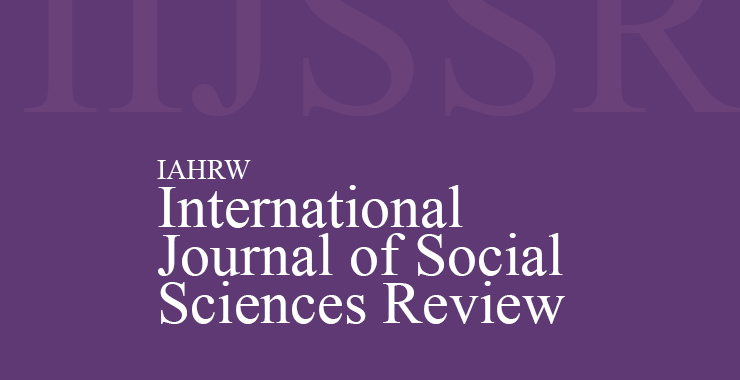Cultural Factors in the Epidemiology of Infectious Diseases: A Review
Original price was: ₹ 201.00.₹ 200.00Current price is: ₹ 200.00.
Page: 823-826
Sejabaledi A. Rankoana (Department of Sociology and Anthropology, University of Limpopo, South Africa)
Description
Page: 823-826
Sejabaledi A. Rankoana (Department of Sociology and Anthropology, University of Limpopo, South Africa)
Medical anthropology is an important field in the social sciences, essential in understanding the aetiology, epidemiology, and treatment of various diseases and ill health conditions, including infectious diseases. A major observation is that research on cultural epidemiology has received little to no attention in the literature of South African biomedical, epidemiological, and medical anthropology fields. However, the present study reviews the literature on the role of gender as a variable of culture in the epidemiology of infectious diseases from a global perspective. The review data presented in this study are derived from searches in PubMed, the World Health Organization Reports, Scopus, and the Web of Science for medical anthropology, public health, epidemiology, cultural epidemiology, and primary health care. The review results show that gender, as a cultural variable, is essential in the epidemiology of infectious diseases. Women’s roles and responsibilities in procuring resources for household basic needs and caring for the sick render them vulnerable to infections and, in turn, transmit them to family members, relatives, neighbours, and the wider community. The review provides concrete evidence of how medical anthropology helps define the role of culture in the epidemiology of infectious diseases, which is crucial for public health efforts to comprehend the etiology of epidemics and pandemics, to plan their eradication and treatment. The results of this review can be used to design future exploratory research on cultural epidemiology in South Africa to examine the relationship between culture and infectious disease, to describe the transmission patterns and strategies, and to plan for treatment and response to epidemics and pandemics. The findings of this research could facilitate the development of public health interventions and enhance the adoption of health promotion and protection strategies.

